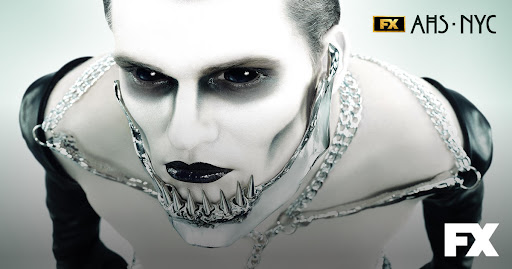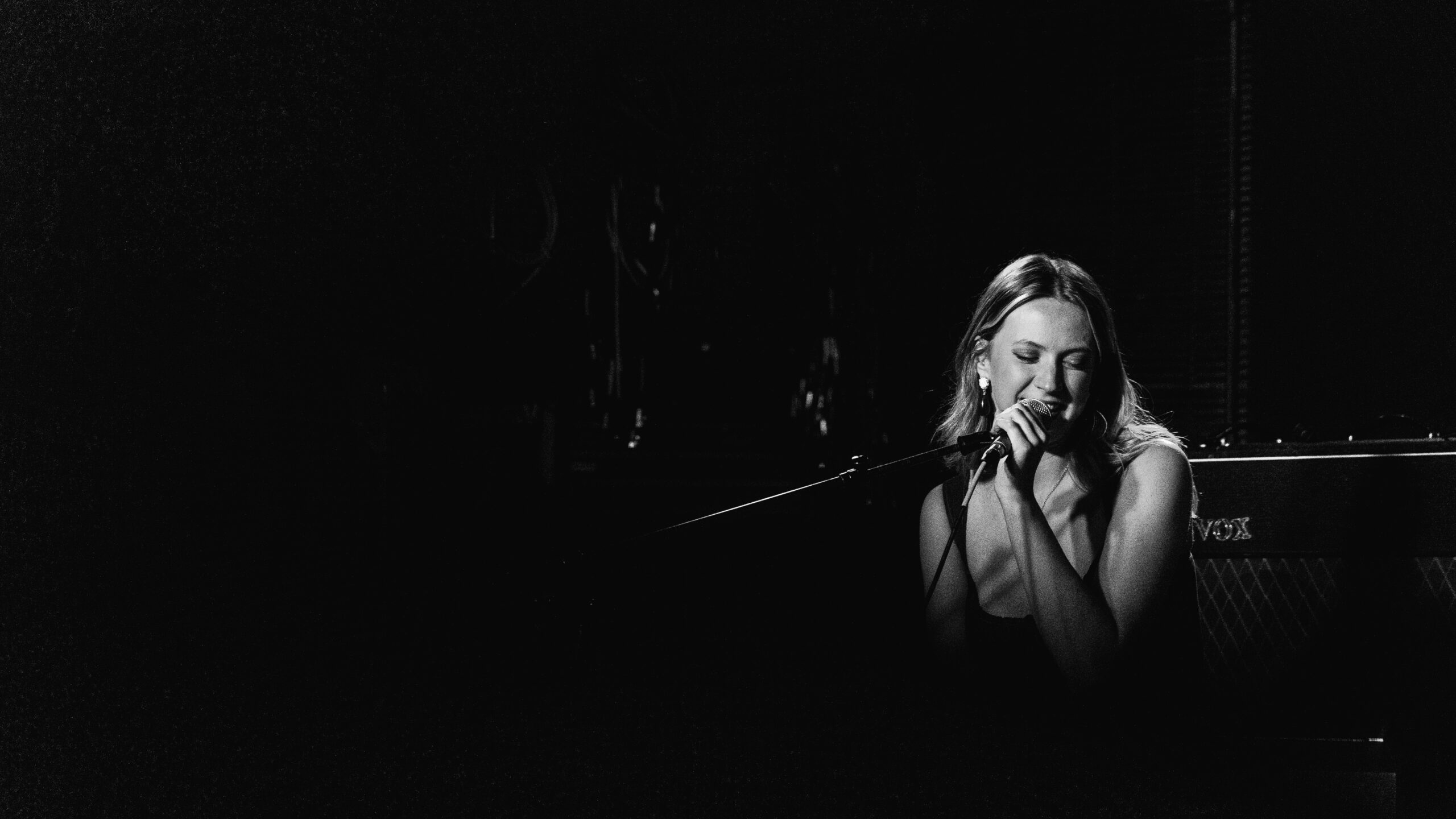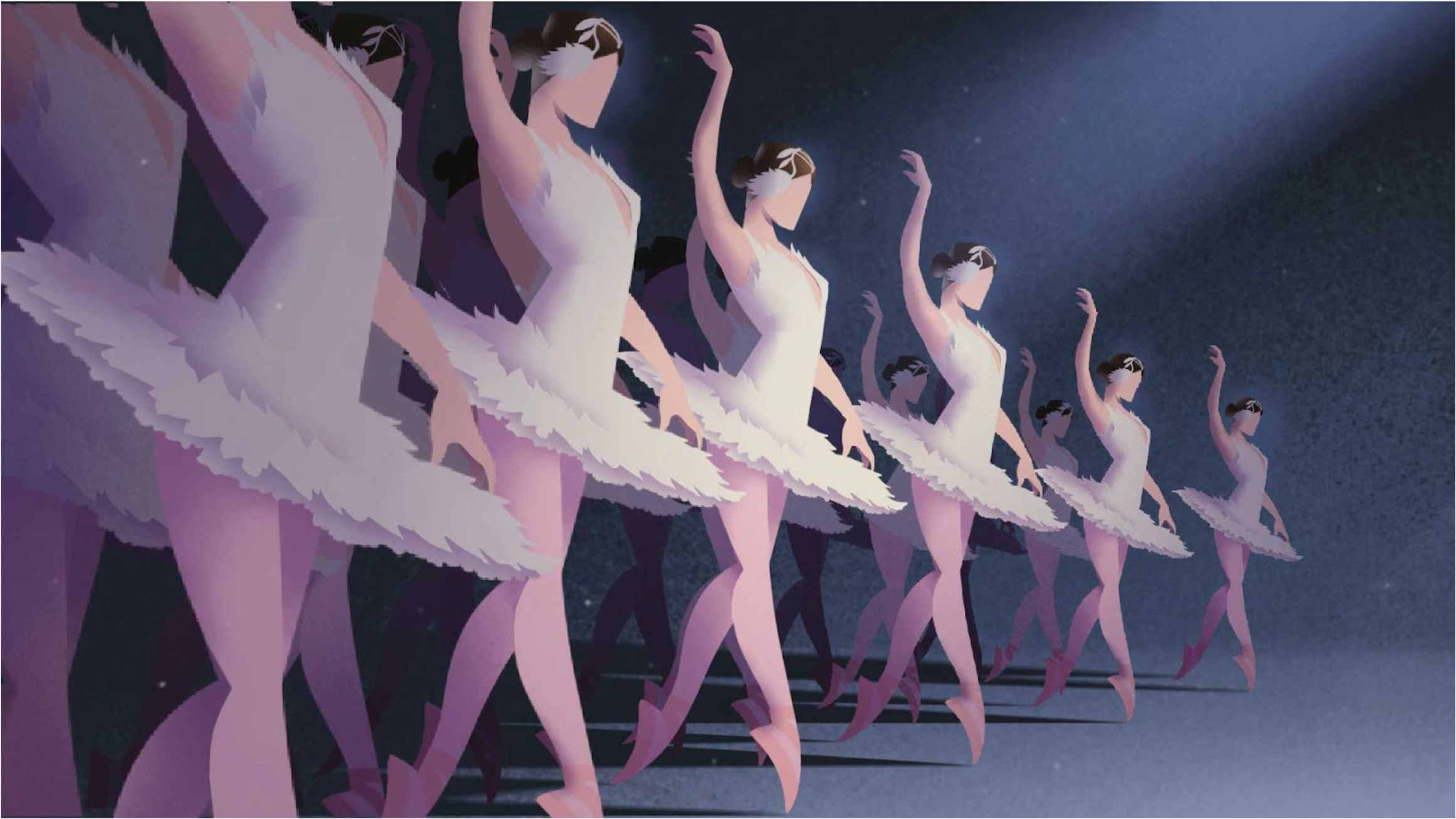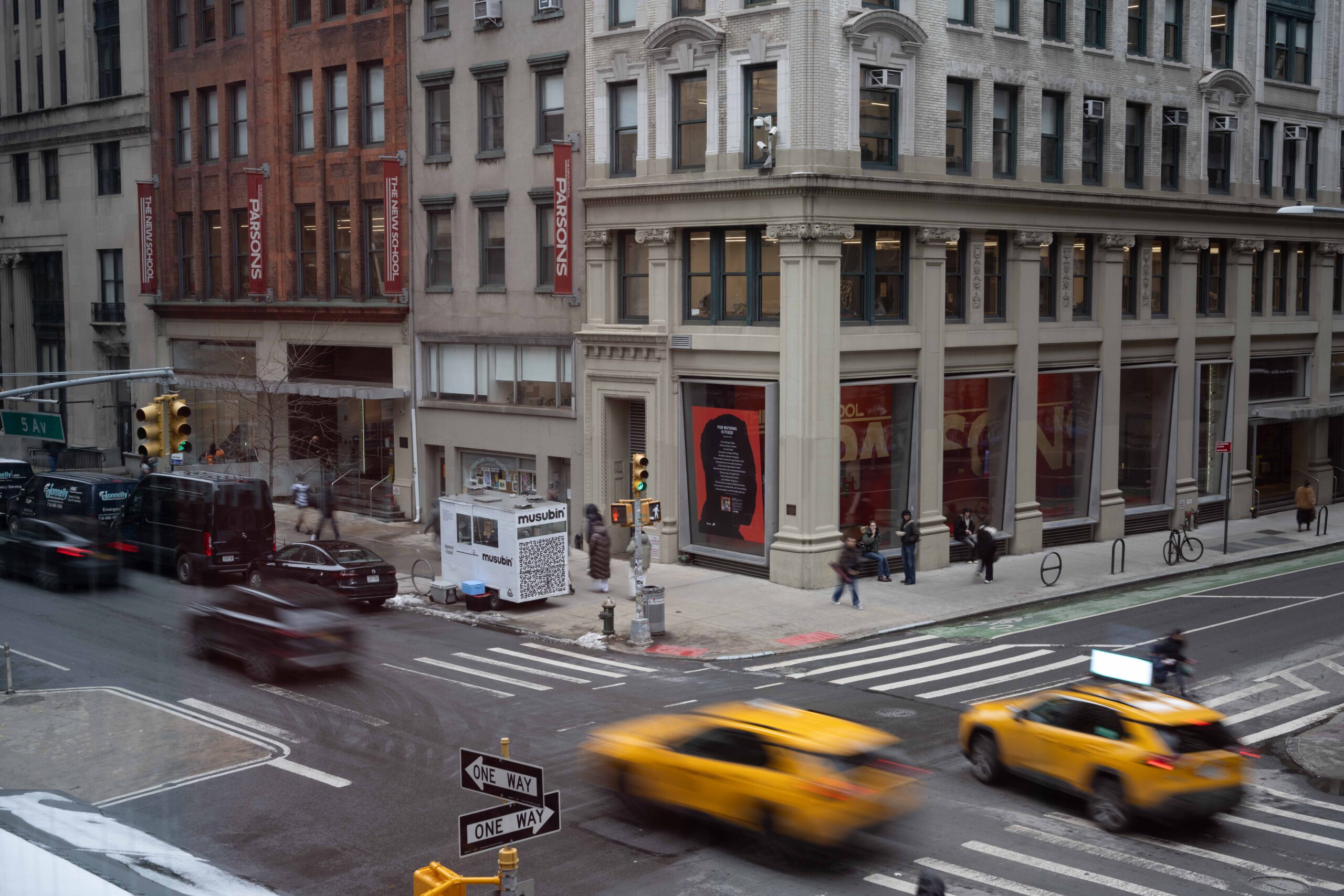Every week we’ll be recapping the newest episodes of AHS: NYC. Read at your own risk, spoilers ahead!
Director Ryan Murphy made his grand return just in time for Halloween with the 11th season of his cult classic, “American Horror Story: NYC”. There are plenty of familiar faces returning to this season of AHS, with Judy Dench, Patti LuPone, Leslie Grossman, Billie Lourd and Zachary Quinto being a few notable veterans. While there are some significant fan favorites missing like Evan Peters, Emma Roberts and Sarah Paulson, the cast remains solid so far. This season centers on the queer community of lower Manhattan in 1981— a time when frustration and anxiety overwhelmed the community as they dealt with police negligence, the looming AIDS epidemic — and in Murphy’s universe — a sadistic serial killer.
Images of leather bondage, film cameras, miniature red paper umbrellas, deer and viruses flash across the screen in the opening title sequence. However, when compared to Murphy’s past seasons this title sequence isn’t as thoroughly chilling. Although, there are glimpses of easter eggs that should be noted in the future, such as the colored handkerchiefs and the miniature red umbrellas that often top off a mai tai.
Episode one: “Something’s Coming”
In true AHS fashion, the gore starts quickly. The first few minutes establish the murder-mystery plotline with a BDSM leather bar scene followed by a headless body surfacing in the Hudson. Of course, after finding a matchbook from a popular gay bar in victim’s pocket, the police err on the side of complacency. The neglect of law enforcement will likely become a recurring theme throughout the season that drives forth our protagonists to find out who is killing off members of the community on their own.
A main source of tension this season is caused by Patrick, a closeted police officer portrayed by AHS newcomer, Russell Tovey. Unable to outwardly express his concern for the community to his colleagues, Patrick and his journalist boyfriend Gino investigate the gruesome murders on their own. Conjunctively, a young gay man named Adam, played by Charlie Carver, is also in pursuit of the killer as he seeks answers regarding his roommate’s sudden disappearance.
Alongside the serial killer, a silent killer is also introduced at the start of episode one. Dr. Hannah Wells, played by Billie Lourd, is at the forefront of researching a new infectious virus that was detected in the deer population on Fire Island — which, notably, is America’s first openly gay and lesbian town. The season’s first episode closes out with a firing squad of park rangers killing every deer on the island in order to prevent the spread of the disease, which we soon learn has already infiltrated the human population.
In addition to an intricate web of a plot, this season also introduces a beautifully executed aesthetic. Murphy effortlessly captures the essence of the ’80s as he has done many times before. AHS 1984 and Pose are other examples of Murphy’s alluring depiction of the time period. However, this version is entrenched in decadence and is guaranteed to keep you engaged no matter the plot. From the cocaine, to the leather, to the modernist interior design, to the soundtrack — which features classic ’80s tunes like Blondie’s “Call Me” and “Faith” by The Cure — the show is undoubtedly enthralling. Set against a backdrop of New York City’s inherent grit, it lays the foundation for an undoubtedly iconic season. Whatever comes next is sure to have you wishing it was already next week.
Episode 2: “Thank you for your service”
The second episode picks up on an unconscious Gino who is held captive in an ominous basement as a sinister doctor injects him with hallucinogens. As Gino regains consciousness, he tries to recollect his memories prior to the kidnapping. Images of clubs, bubblegum popping and dancers on television help the audience piece together where Gino may have ended up. Murphy does an excellent job of compiling montages of aesthetic imagery to convey confusion and missing memories and instill a sense of fear and uncertainty into the viewer.
After being denied assistance by the NYPD to find his roommate numerous times, Adam seeks help at Gino’s news publication, The Downtown Native, to share his story about his missing roommate. After his release from captivity, Gino serves Adam the cold truth that his roommate isn’t coming back and he could be dead by now. They come to terms that the NYPD has done nothing to investigate the disappearances of gay men within their community. They attempt to raise awareness for the queer community’s negligence by slapping posters with bold text saying, “The Police Wants Us Dead” on the city’s lampposts.
The lack of police involvement gives a nod to the true crime story of the “Last Call Killer,” a serial killer named Richard Rogers who targeted gay men in New York City during the ’80s and ’90s. He turned piano bars, which used to serve as safe havens for the gay community, into a scouting ground for his murdering spree. Reports and accusations were pouring into the NYPD daily but the department allegedly brushed them off. Officers finally captured Rogers in 2001 a decade later. Murphy draws inspiration from this terrifyingly true story with the main villain, “Big Daddy,” who is a mysterious murderous figure in leather bondage with a mask. In the show, he mirrors Rogers’ similar tactics by targeting his victims at piano bars and spiking their drinks.
Gino and Patrick head to the bar seeking answers about the sudden disappearances and the mastermind behind them. Similar to the “Last Call Killer,” a mysterious man sends a stranger a “mai tai” drink, then injects him with an unknown serum that knocks him to the ground before the man flees the scene. Gino notices the same miniature paper umbrella on the ground, prompting him to remember last night’s traumatic event. The scene ties in with the beginning title sequence of images of miniature red paper umbrellas in the title sequence. Viewers are left wondering if this is the killer’s signature imprint after killing his victims and if so, how long will this last until he gets to the main characters?
Sam, portrayed by Zachary Quinto, plays the same deranged villain and brings fans back to his “Bloody Face” character in season two’s “Asylum,” where he entrapped victims in his basement and wreaked havoc on Briarcliff Manor’s institutionalized patients. Quinto’s acting is the top contender for the most deranged villain in the whole 11 seasons of AHS because of his ominous persona and his chilling line delivery. The episode wraps up with Patrick called to a crime scene decorated with an assortment of victims’ hands strung on a chain, possibly warning him to stay away.
American Horror Story: NYC airs every Wednesday night at 10 p.m. ET on FX and is available to stream on Hulu at 3 a.m.








Leave a Reply